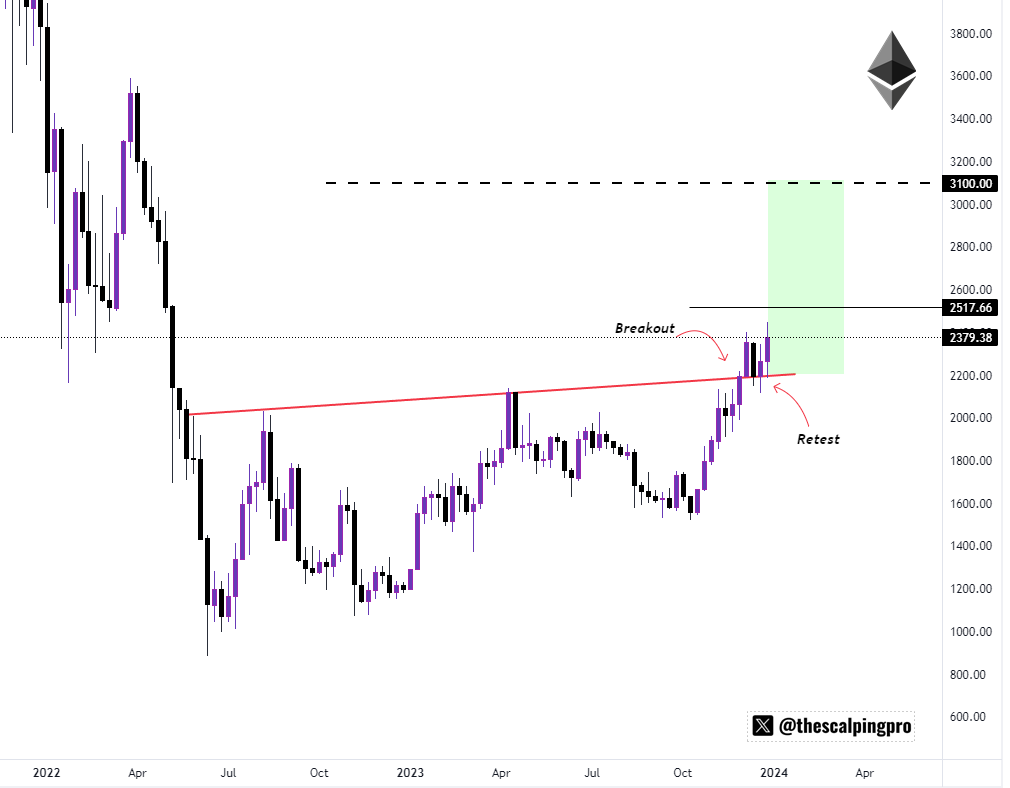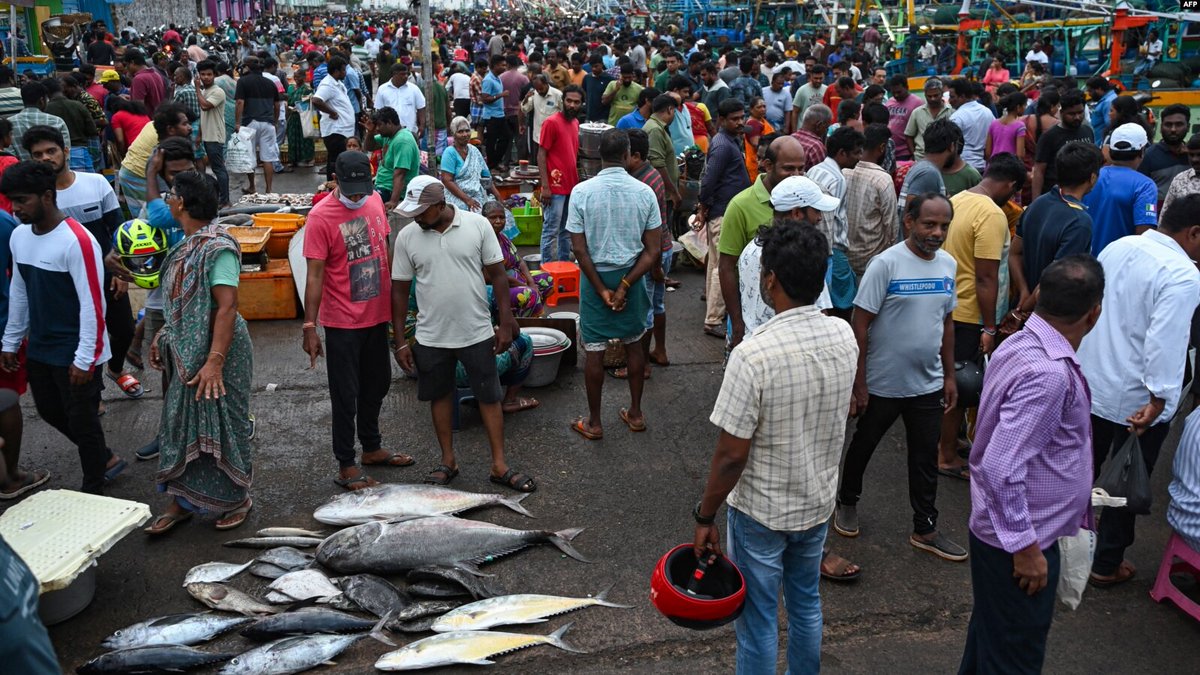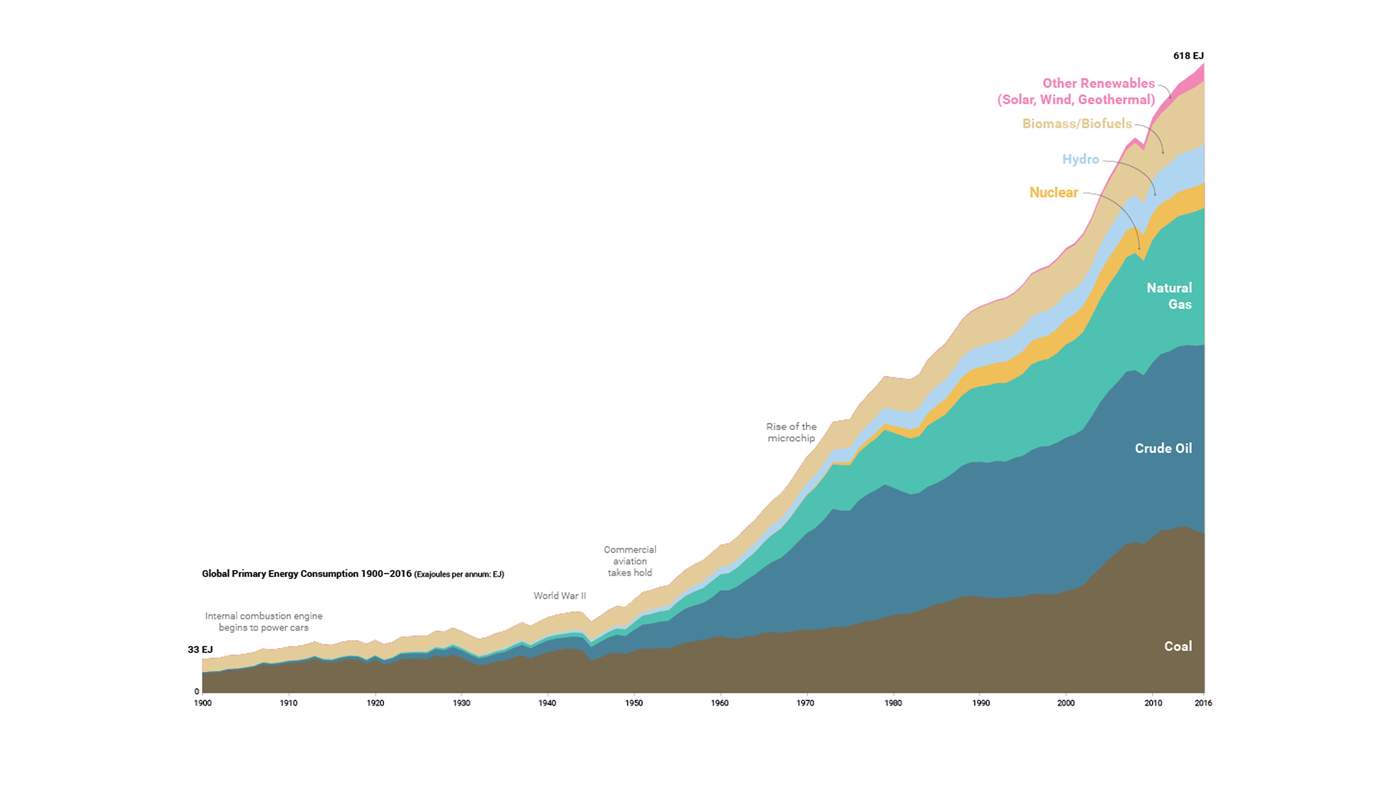The Kashmir Issue: Analyzing The Risks And Implications For War Between India And Pakistan

Table of Contents
Historical Context and the Roots of the Conflict
The Kashmir conflict’s origins lie in the hasty and poorly planned Partition of India in 1947. The princely state of Jammu and Kashmir, with its predominantly Muslim population but a Hindu ruler, Maharaja Hari Singh, initially remained independent. However, following tribal incursions from Pakistan-administered territories, Maharaja Hari Singh signed the Instrument of Accession, joining India in October 1947. This accession, however, is disputed by Pakistan, which claims Kashmir based on its majority Muslim population.
- Partition of India: The division of British India into India and Pakistan led to widespread violence and displacement.
- Instrument of Accession: Maharaja Hari Singh's decision to accede to India remains a point of contention.
- UN Resolutions on Kashmir: Several UN Security Council resolutions call for a plebiscite to determine the Kashmiri people's wishes, a process that has never been implemented.
- Line of Control (LoC): The ceasefire line established in 1949, dividing Kashmir between India and Pakistan, is still largely observed, albeit with frequent violations.
- Kashmiri Insurgency: Decades of armed insurgency in the region have further fueled the conflict.
The Role of Religious and Political Identities
The Kashmir conflict is intricately interwoven with religious and political identities. The predominantly Muslim population of Kashmir, coupled with India's Hindu majority and Pakistan's Muslim identity, adds a layer of religious complexity to the territorial dispute. This intertwining fuels nationalist sentiments on both sides, hindering peaceful resolution.
The Impact of Cross-Border Terrorism
Cross-border terrorism, emanating from both sides of the LoC, plays a significant role in escalating tensions. Accusations of supporting terrorist groups are frequently leveled by both India and Pakistan, leading to retaliatory actions and further escalating the conflict. This cycle of violence significantly undermines trust and hinders diplomatic efforts.
Current Tensions and Trigger Points
Recent years have witnessed a surge in tensions between India and Pakistan, fueled by several trigger points:
- Military Clashes: Frequent skirmishes and violations of the ceasefire along the LoC have become commonplace.
- Cross-Border Shelling: Exchanges of artillery fire across the LoC cause casualties and damage infrastructure.
- Terrorist Attacks: Terrorist attacks claimed to be emanating from Pakistan-controlled territory have been met with strong Indian retaliatory measures, including surgical strikes.
- Diplomatic Relations: The relationship between India and Pakistan has been consistently strained, marked by periods of heightened tension and limited communication.
The Role of External Actors
External actors, particularly China and the US, play significant roles in the Kashmir conflict. China’s close relationship with Pakistan adds another dimension of geopolitical complexity, while the US has historically attempted to mediate between the two countries. Their involvement can either help de-escalate or exacerbate tensions depending on their actions and policies.
The Importance of Communication and Diplomacy
Effective communication and diplomacy are crucial for de-escalating tensions and preventing further escalation. Open dialogue, confidence-building measures, and structured negotiations are vital for fostering trust and paving the way for a peaceful resolution. However, the lack of consistent communication channels and a climate of distrust have hampered such efforts in the past.
The Risks and Implications of War
A full-scale war between India and Pakistan would have devastating consequences:
- Loss of Human Life and Displacement of Civilians: Millions could be killed or displaced in a large-scale conflict.
- Widespread Destruction of Infrastructure and Property: Extensive damage to infrastructure and property would hinder economic recovery for decades.
- Regional Instability and the Potential for Wider Conflict: The conflict could destabilize the entire region, potentially drawing in other countries.
- Global Economic Repercussions: A war would have far-reaching economic consequences globally, impacting trade and investment.
- The Potential Use of Nuclear Weapons: The most catastrophic risk is the potential use of nuclear weapons, leading to unimaginable devastation.
The Nuclear Dimension
The presence of nuclear weapons on both sides significantly raises the stakes. A nuclear conflict between India and Pakistan would be a global catastrophe, with potentially devastating consequences for the entire planet.
The Humanitarian Crisis
A war would lead to a massive humanitarian crisis. The displacement of millions, coupled with widespread destruction and potential famine, would overwhelm regional capacity for relief efforts.
Potential Paths to Peaceful Resolution
Resolving the Kashmir issue requires a multifaceted approach, including:
- Bilateral Negotiations and Dialogue: Direct negotiations between India and Pakistan are crucial for finding common ground.
- International Mediation and Arbitration: Third-party mediation could facilitate dialogue and help reach mutually acceptable solutions.
- Confidence-Building Measures: Small steps to build trust, like increased communication and cooperation on issues of mutual concern, can pave the way for larger agreements.
- Addressing the Grievances of the Kashmiri People: Finding a solution that addresses the aspirations and concerns of the Kashmiri people is vital for lasting peace.
The Importance of International Cooperation
The international community must play a proactive role in promoting peace and stability in the region. International pressure, mediation efforts, and financial assistance for conflict resolution are essential.
The Need for Inclusive Dialogue
Any sustainable peace process must include all stakeholders, including representatives from India, Pakistan, and most importantly, the Kashmiri people themselves. Ignoring the voices of the Kashmiri people will ultimately undermine any attempt at a lasting solution.
Conclusion: Understanding the Kashmir Issue and Preventing War
The Kashmir issue presents a grave risk of escalating into a devastating war between India and Pakistan, with potentially catastrophic consequences. The potential for a nuclear conflict adds an unprecedented layer of urgency to finding a peaceful resolution. Continued dialogue, international cooperation, and a focus on addressing the root causes of the conflict are essential for preventing war and achieving sustainable peace. We must all stay informed about this crucial issue, support diplomatic efforts, and advocate for peace between India and Pakistan to prevent a catastrophic Kashmir war. Keywords: Kashmir peace, India-Pakistan relations, conflict prevention, regional security, sustainable peace.

Featured Posts
-
 Miras Planlamasi Kripto Varliklarinizi Guevence Altina Alin
May 08, 2025
Miras Planlamasi Kripto Varliklarinizi Guevence Altina Alin
May 08, 2025 -
 Nuggets React To Russell Westbrook Trade Chatter
May 08, 2025
Nuggets React To Russell Westbrook Trade Chatter
May 08, 2025 -
 New Superman Movie 5 Minute Preview Showcases Krypto
May 08, 2025
New Superman Movie 5 Minute Preview Showcases Krypto
May 08, 2025 -
 Lidl Faces Lawsuit From Consumer Group Regarding Plus App
May 08, 2025
Lidl Faces Lawsuit From Consumer Group Regarding Plus App
May 08, 2025 -
 Cryptocurrencys Resilience Analysis And Predictions In A Trade War Environment
May 08, 2025
Cryptocurrencys Resilience Analysis And Predictions In A Trade War Environment
May 08, 2025
Latest Posts
-
 Responding To The Great Decoupling Strategies For Businesses And Governments
May 08, 2025
Responding To The Great Decoupling Strategies For Businesses And Governments
May 08, 2025 -
 Lahwr Myn Ewam Gwsht Ky Mhngayy Se Pryshan
May 08, 2025
Lahwr Myn Ewam Gwsht Ky Mhngayy Se Pryshan
May 08, 2025 -
 The Great Decoupling A New Era Of Global Economic Relations
May 08, 2025
The Great Decoupling A New Era Of Global Economic Relations
May 08, 2025 -
 Py Ays Ayl Trafy Ka Lahwr Myn Zbrdst Khyrmqdm
May 08, 2025
Py Ays Ayl Trafy Ka Lahwr Myn Zbrdst Khyrmqdm
May 08, 2025 -
 Chkn Mtn Awr Byf Lahwr Myn Gwsht Ky Qymtwn Ka Bhran
May 08, 2025
Chkn Mtn Awr Byf Lahwr Myn Gwsht Ky Qymtwn Ka Bhran
May 08, 2025
